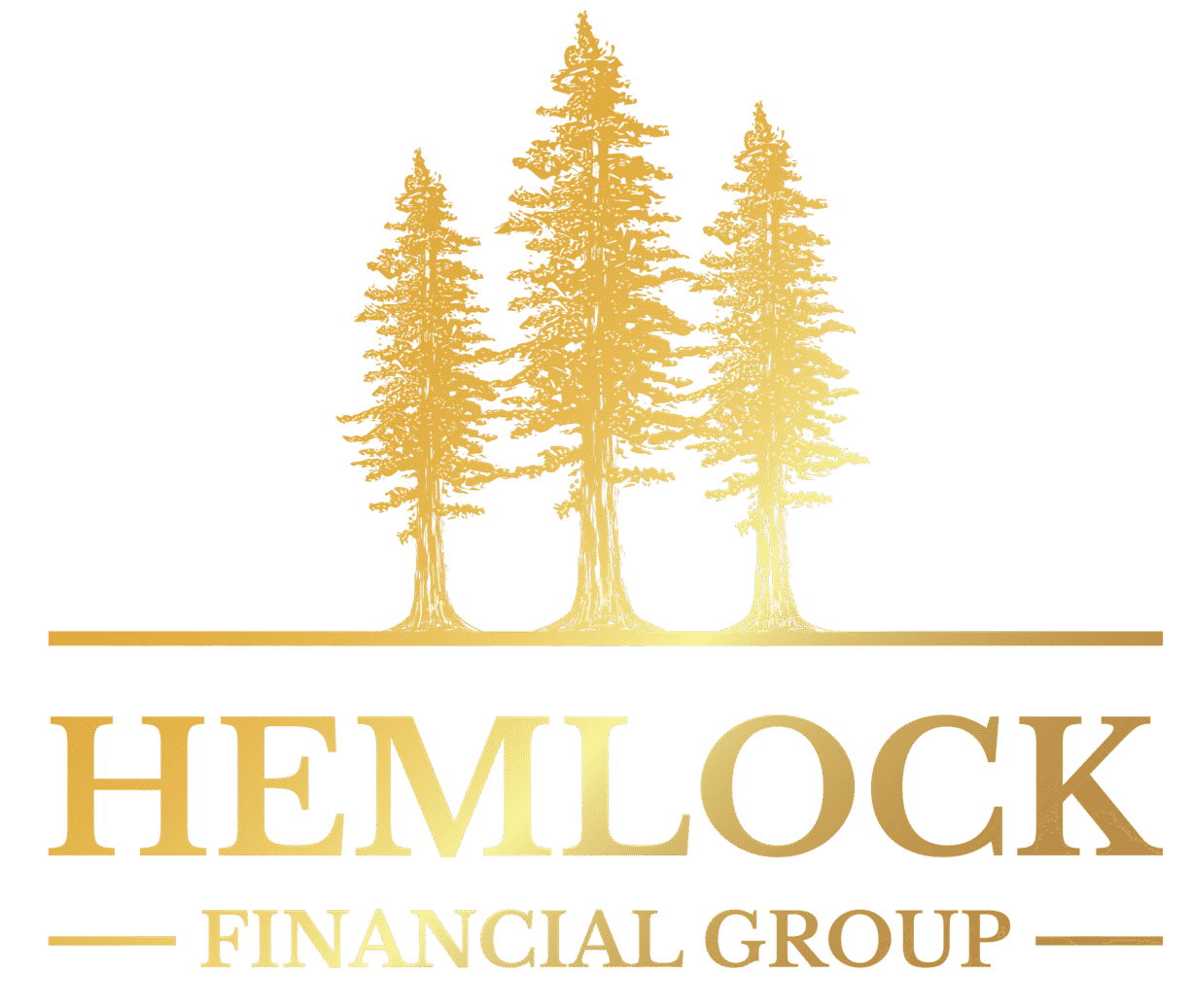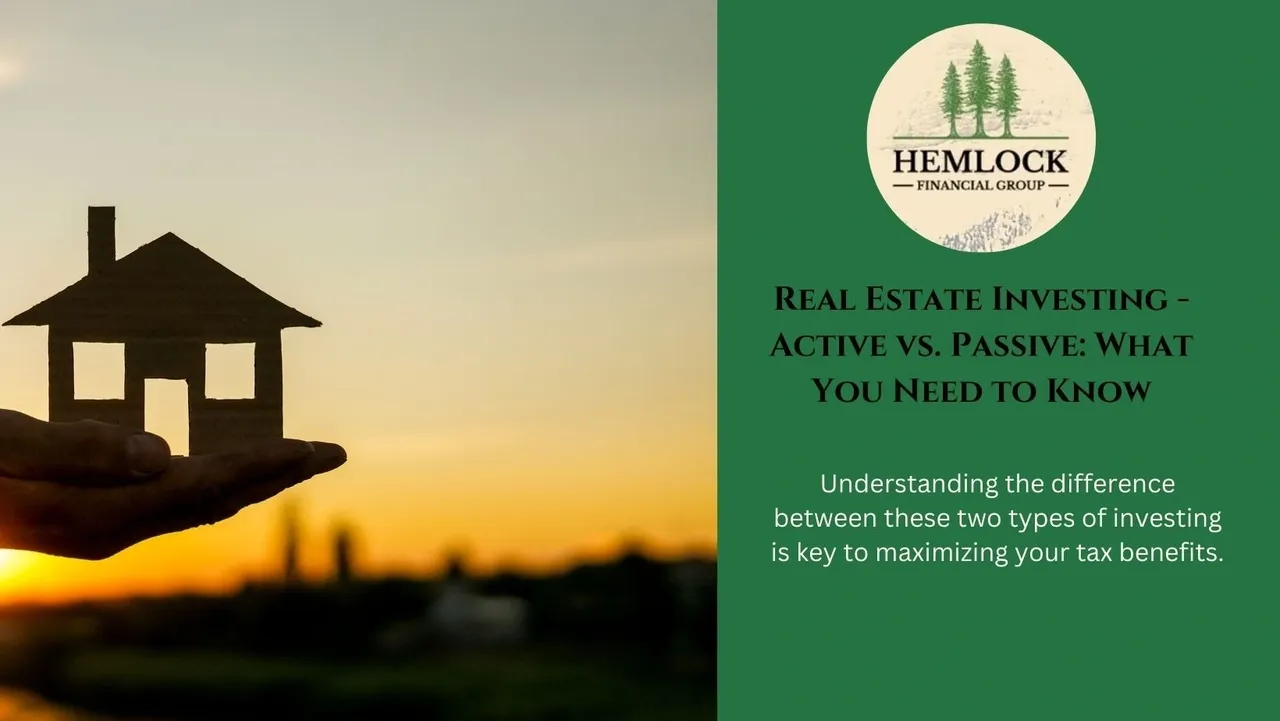When it comes to real estate investing, one of the most important distinctions is whether your investment activities are considered active or passive. This classification not only affects how your rental income is taxed but also impacts your ability to offset active income if “losses” are present. Understanding the difference between these two types of investing is key to maximizing your tax benefits.
Active Real Estate Investing: More Than Just Owning Property
Active real estate investingcan involve significant participation in the day-to-day management and operation of the rental property. If you provide substantial services to your tenants, your real estate activities may qualify as an active business, which requires reporting income and expenses under Schedule C. This classification allows you to offset active income (such as wages) with losses from your real estate activities, which can be a significant tax-saving advantage.
Substantial Services for Active Real Estate Investing
To qualify as an active real estate investor, you need to provide services that go beyond the normal upkeep of a property. These substantial services often mirror what you’d find in a hotel or similar service-based business. This is actually easier than you think!
Examples of substantial services include:
- Cleaning of the rental property while occupied: This goes beyond the typical cleaning that occurs between tenants. Regular cleaning services offered during a tenant’s stay qualify as a substantial service. Here, you need to have a cleaning service the tenant can call if they want the property cleaned. You do not need to actually show up everyday and offer to clean.
- Concierge services: Offering concierge services, either directly or through an outsourced service like Localbird.com, adds a hotel-like element to your rental property.This is an excellent service to offer that a third-party can take care of.
- Guest tours and organized outings: Providing tours or activities for guests, or even giving a gift card for an organized outing, qualifies as substantial.As long as it’s offered, it qualifies!
- Meals and entertainment: Offering meals or entertainment, either directly or through a gift card, also falls under substantial services. You can place a card for a local restaurant that delivers, a business like Grubhub, Uber Eats, etc. and it qualifies. And for good measure, add a gift card or discount.
- Transportation: Providing transportation services, such as arranging for a free Uber ride to a local event or offering a shuttle service to the airport, is considered a substantial service.Again, something offered through a third-party.
- Other hotel-like services: Access to amenities such as cable TV, swimming pools, toiletries, or any other hotel-style features.These are easy services and supplies to offer with little out-of-pocket costs.
Why Substantial Services Matter for Active Investors
If you’re actively involved in your rental property and provide these types of substantial services, your real estate income and expenses will be reported under Schedule C. This classification has several benefits, one being:
- Offsetting Active Income: Active real estate investors can use losses from their property to offset active income from other sources. If your rental expenses exceed your rental income, you can deduct those losses from your salary or business income, providing a substantial tax break.
Passive Real Estate Investing: Hands-Off Approach
On the other hand, passive real estate investing involves little to no active participation in the day-to-day management of the rental property. This means you’re more hands-off, and your income is classified as passive income, reported under Schedule E. Unlike active real estate, passive investors cannot use rental property losses to offset active income, but they may still deduct rental property expenses.
Insubstantial Services for Passive Real Estate Investing
For your real estate investment to be considered passive, the services you provide must be insubstantial, focusing on basic maintenance and utilities rather than the added extras of active management. Examples of insubstantial services include:
- Heating and AC: Providing climate control (heating and air conditioning) is considered an insubstantial service.
- Water and gas: Covering the cost of utilities like water and gas also falls under insubstantial services.
- Internet and Wi-Fi: Offering basic internet and Wi-Fi to tenants is an insubstantial service.
- Repairs and maintenance: Performing necessary repairs and routine maintenance to keep the property in good condition is part of insubstantial services.
- Cleaning between tenants: Unlike the regular cleaning required during a tenant’s stay, cleaning performed between tenant occupancies qualifies as an insubstantial service.
- Trash collection: Ensuring the property has trash collection services is an insubstantial service.
- HOA payments: If your property is part of a homeowners association (HOA), paying the fees is considered an insubstantial service.
Why Passive Investors File Under Schedule E
Passive real estate investors report their rental income and expenses on Schedule E, which has fewer tax benefits compared to Schedule C. Key points to keep in mind for passive investors include:
- No offsetting active income: Unlike active real estate investing, passive losses cannot be used to offset active income, limiting your ability to use rental property losses to your advantage.
- Lower tax liability: While you can’t offset active income with rental losses, passive investors also don’t have to pay self-employment taxes on their rental income.
Final Thoughts: Active or Passive – Which Is Right for You?
The decision between active and passive real estate investing largely depends on how involved you want to be in managing your rental property and your overall tax strategy. If you provide substantial services and actively manage the property, you may be able to reap significant tax benefits by offsetting active income with real estate losses. On the other hand, if you prefer a hands-off approach, passive real estate investing may be a better fit, though it comes with fewer tax benefits.
Whether you’re interested in active or passive real estate investing, it’s crucial to understand the tax implications and plan accordingly. If you need help navigating the tax complexities of real estate investing, contact us today for expert guidance.
Shane Phelps, CMP
Co-Founder
Hemlock Financial Group




